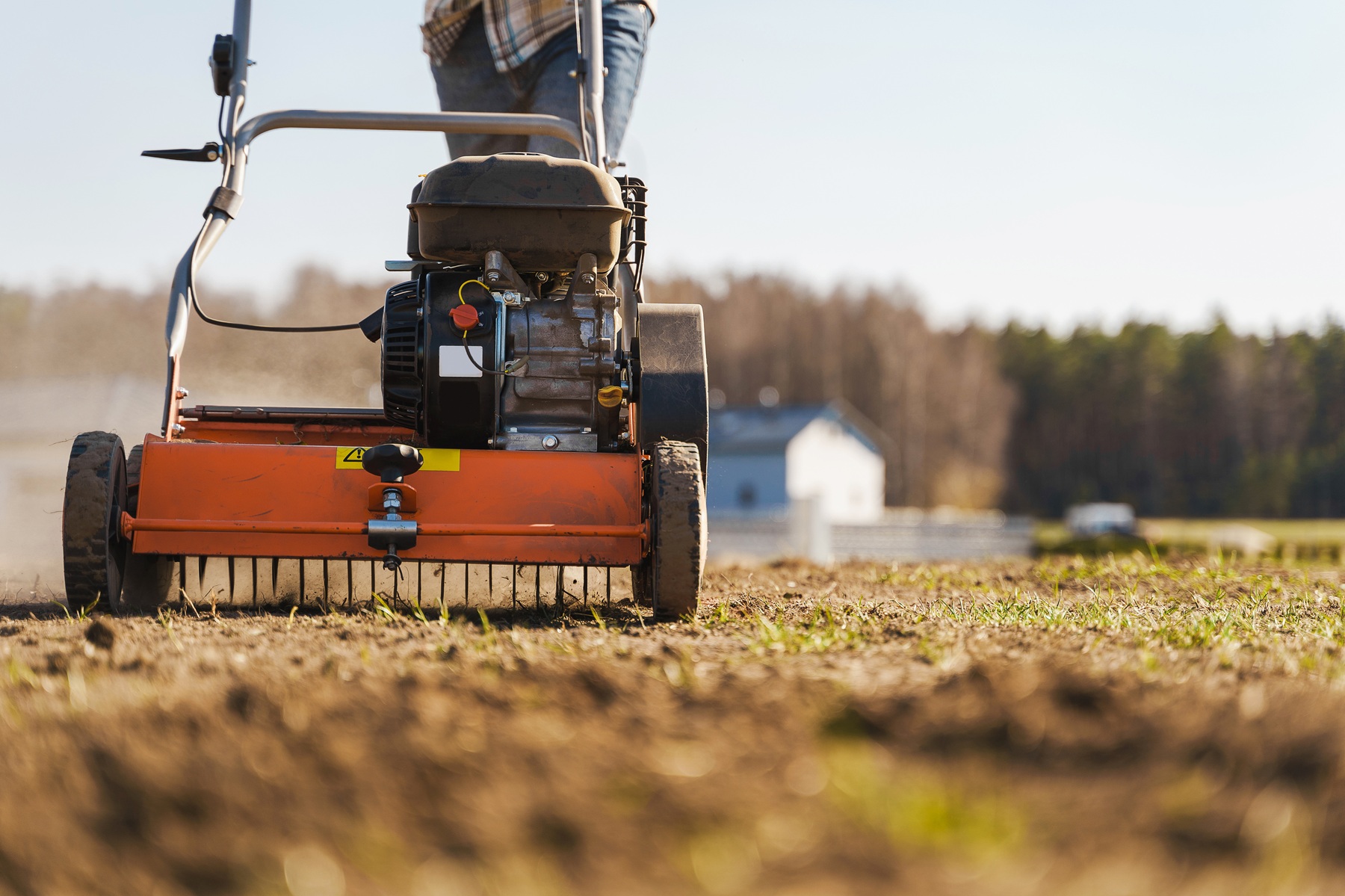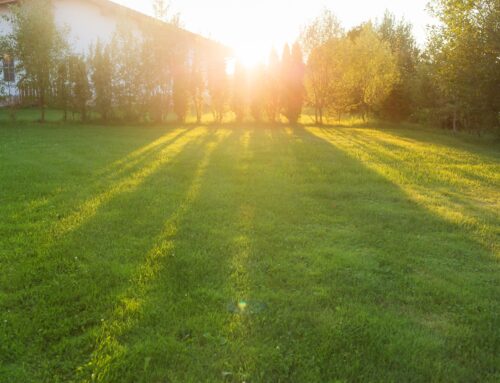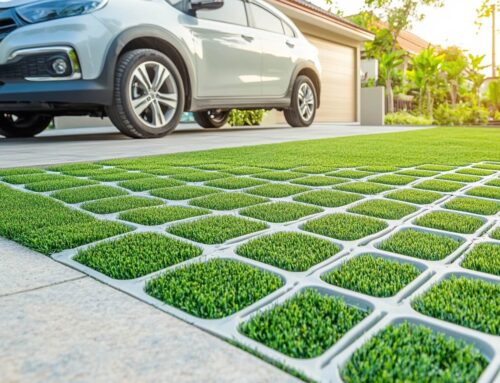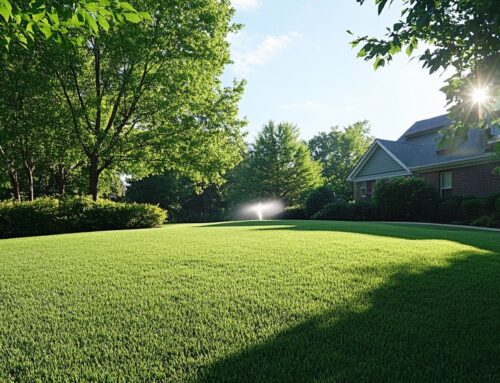A lush, green lawn doesn’t happen by accident—it takes regular maintenance and a little know-how. One of the most overlooked but essential lawn care tasks is aeration. If your grass looks tired, patchy, or struggles to absorb water, compacted soil might be the culprit. Aeration gives your lawn the breathing room it needs to thrive.
Here are five signs your lawn needs aeration, and what you can do to fix the problem.
What Is Lawn Aeration?
Lawn aeration is the process of perforating the soil with small holes to allow air, water, and nutrients to reach grass roots. Over time, soil can become compacted—especially in high-traffic areas—making it difficult for your lawn to breathe and grow.
There are two main types of aeration:
-
Core aeration: Removes plugs of soil and thatch from the lawn (recommended).
-
Spike aeration: Uses solid tines to poke holes without removing material.
By loosening compacted soil, aeration helps strengthen roots, improve drainage, and promote healthier, more resilient grass.
5 Signs Your Lawn Needs Aeration
1. Water Pools on the Surface Instead of Soaking In
If you notice puddles forming on your lawn after watering or rainfall, your soil may be too compacted to absorb moisture properly. Water should sink in quickly—standing water is a red flag that your lawn needs relief.
2. Your Lawn Feels Hard or Spongy Underfoot
Walk across your lawn. Does it feel unusually firm or springy? Hard soil often means compaction, while a spongy feel usually indicates a thick layer of thatch. Either way, your lawn isn’t breathing properly and could benefit from aeration.
3. Thinning Grass or Patchy Areas
If your lawn looks bare in places—even though you water and fertilize—it may be struggling to grow due to compacted roots. High-traffic areas like walkways, play zones, or dog runs are especially prone to this.
4. Excessive Thatch Buildup
Thatch is a layer of dead grass, roots, and debris that builds up between the soil and the grass blades. A little is normal, but more than ½ inch can suffocate your lawn. Aeration helps break down and manage thatch buildup naturally.
5. Poor Lawn Performance Despite Proper Care
Are you watering regularly and using fertilizer, but your grass still looks tired? That could be a sign the roots can’t access what they need. When nutrients and oxygen can’t penetrate the soil, even the best lawn care plan won’t work.
What to Do About It
Step 1: Confirm the Problem
Check for compaction by sticking a screwdriver or garden tool into the ground. If it’s hard to push in, your soil is likely compacted. You can also measure your thatch layer by cutting out a small plug of turf—if it’s more than ½ inch thick, aeration is needed.
Step 2: Choose the Right Aeration Method
We recommend core aeration for most lawns. It’s more effective than spike aeration because it physically removes plugs of soil, allowing space for roots to expand and breathe. You can rent a core aerator, but for best results, hire a professional like SodCrew—we’ll make sure it’s done right.
Step 3: Post-Aeration Lawn Care Tips
-
Water deeply right after aeration to help the soil recover.
-
Overseed and apply fertilizer if needed—this is a great time to boost growth.
-
Avoid mowing for a few days to give new growth a chance to take hold.
Give Your Lawn the Fresh Start It Needs
If your lawn shows any of these five signs, don’t wait—aeration can dramatically improve your grass’s health and appearance. At SodCrew, we offer professional lawn aeration services to restore your turf and keep it thriving all season long.
Contact us today for a free lawn assessment and get your yard back on track!




